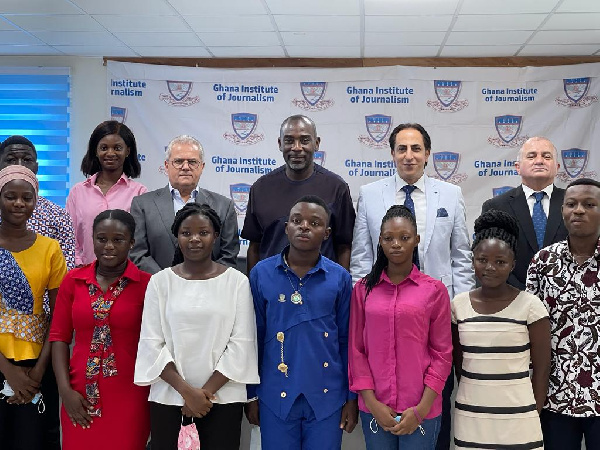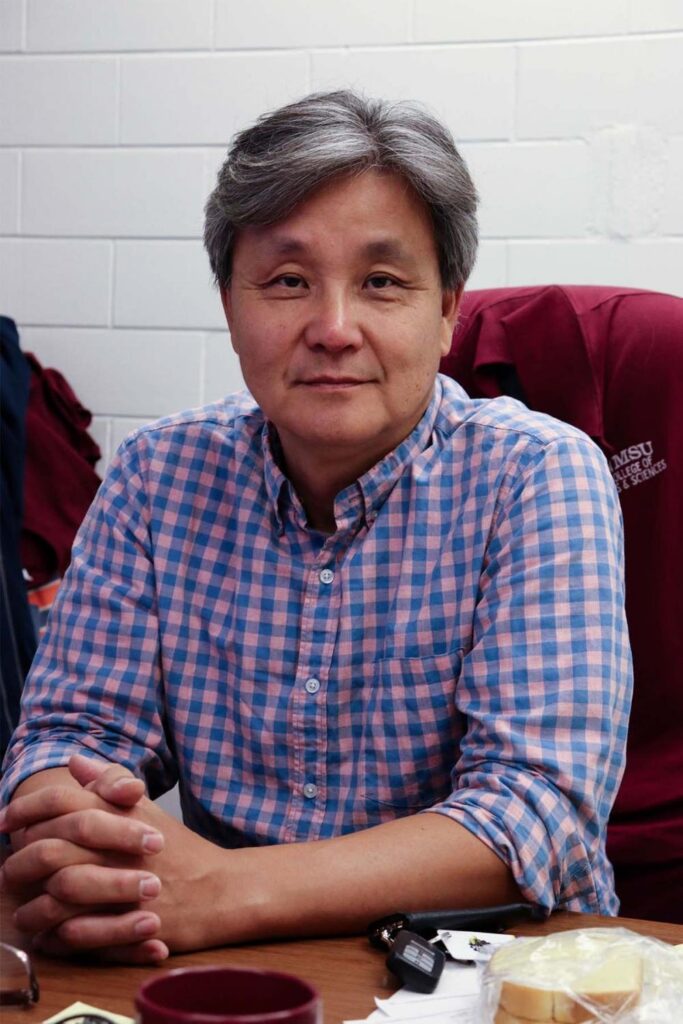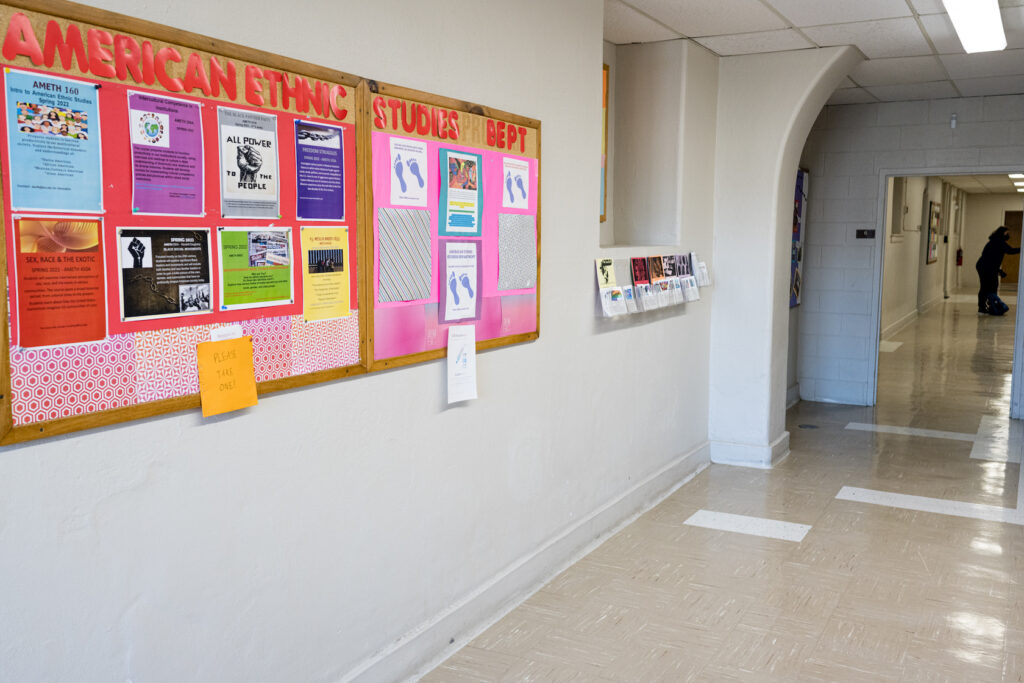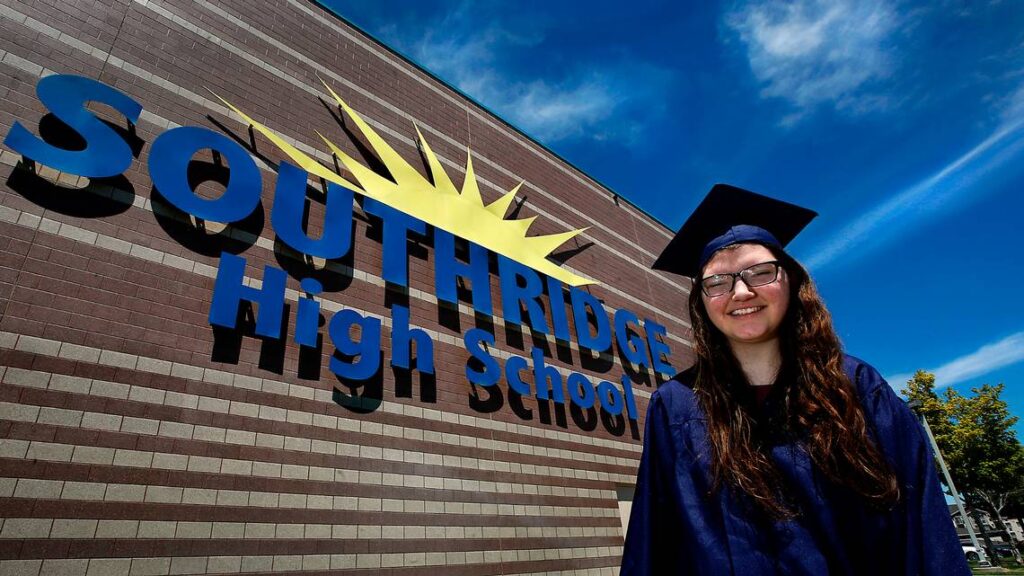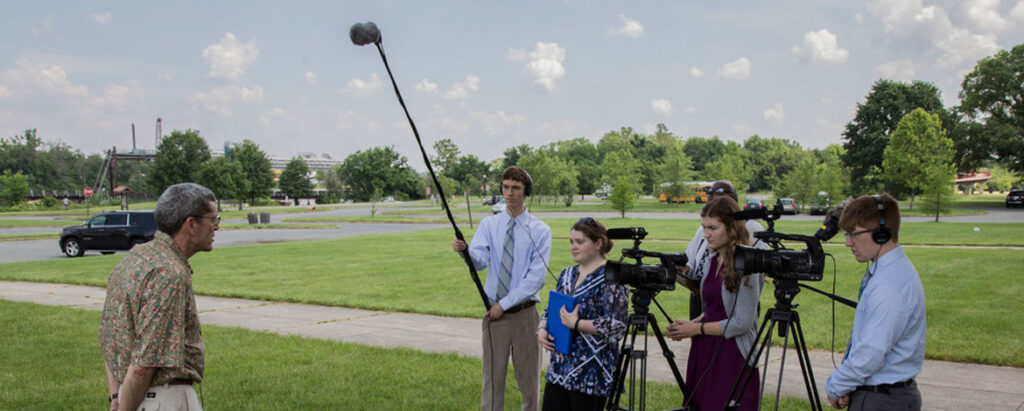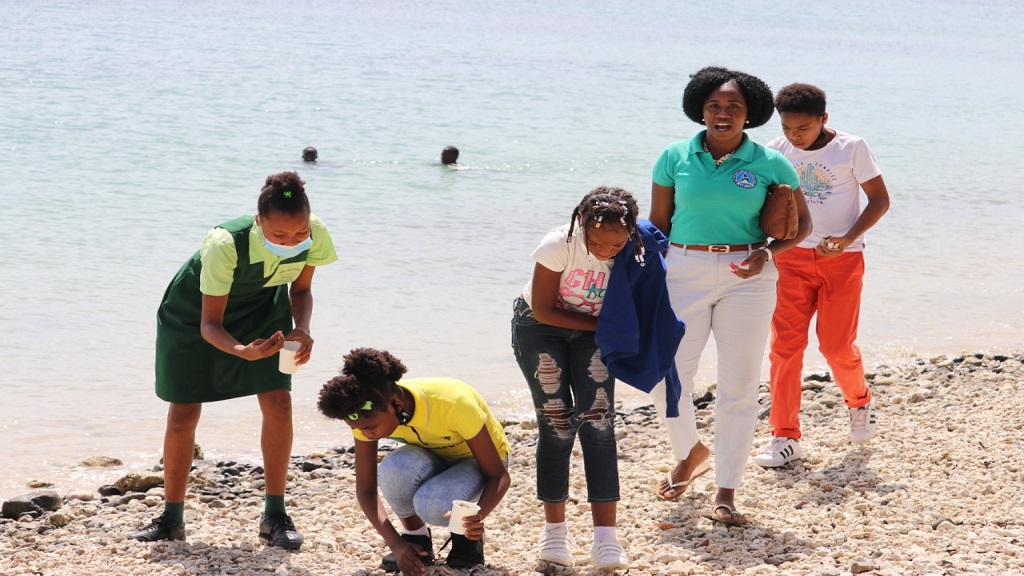Let’s obtain a basic definition of a financial loan before we go into the history of loans: A loan is a debt given to another person or organization by one person or organization. This loan has an interest rate that serves as financial compensation and set repayment dates.
You’re on a long quest if you’re looking for the exact moment when the concept of loans was born. Lending in any form is almost second nature, and the practice is likely to date back to the dawn of humanity. That isn’t to argue that there isn’t any paperwork about the loans’ history.
There are reams of historical documents tracing the evolution of the loan industry dating back thousands of years.
Some of the first monetary loans were recorded in the Bible! The Romans and ancient Greeks, for example, have enough evidence of a vibrant lending sector dating back thousands of years. However, the earliest records date from Assyria and Babylonia, when merchants provided grain loans to farmers and traders. Even by modern standards, the systems were quite sophisticated, with lenders accepting both deposits and operating as a sort of bureau de change.
Now, if you’re wondering who came up with the concept of paying interest on loans, the Mesopotamians are to blame. The power of lending didn’t truly catch on in the leading European economies until the 13th century, when the all-powerful churches realized the financial benefits of raising much-needed cash in interest.
How Did Loans Develop?
Even though money lending is an ancient practice, it did not evolve significantly until the Middle Ages. At this time in history, how you might borrow money underwent a fast transformation.
Indentured Loans
The indentured loan was a system that permitted the landed aristocracy and wealthy merchants to borrow money to purchase land or a house in Europe from the Middle Ages until the 1800s.
The lender would be expected to pay off their loan by working on the lender’s estate in exchange for the necessary funds.
When you think about it, Indentured loans are a simple way for both sides to receive what they need. However, some unscrupulous lenders exaggerate the debt or interest payments, effectively turning the borrower into an enslaved person.
Loans from a Bank
Fortunately, some lenders saw the value of repeat business and were practicing an early type of sustainable lending at the same time when indentured loans were flourishing. The first Italian settlers set up shops in local markets where they would lend money. The loan had an interest rate attached to it, and the borrower was expected to repay the money at regular intervals.
You can see where current banks get their inspiration from now.
The word “bank” comes from “banca,” which refers to the trade benches used by moneylenders.
The only issue with this loan was the wide range of interest rates imposed by each lender, which were not regulated by a central authority. A point of interest is that if a lender decides he isn’t making enough money, he will destroy his bench (“banca rupta”) and look for a new job.
This term means “bankrupt,” yet the connotations have changed over time.
Loans from Modern Bank
Rewind a few centuries and exhale a sigh of relief: money lending is now subject to significantly stricter regulations. PaydayNow are regulated by a central bank or financial authority in most nations; thus, losing your kneecaps to a loan shark is slim.
The amount that can be loaned to an individual is one of the more sensible limitations established on banks and lending. There used to be no limit, and you can imagine the difficulties some people faced while trying to service large loans.
Despite its unethical nature, even the recent popularity of payday loans has worked to make the money lending business a safer environment for borrowers. The government stepped in to control an industry whose interest rates rose as high as 4000 percent after a surge of repossessions.
In some ways, the shady and dubious practices that you can find in the depths of history have benefited our finances. However, the justice and opportunity in banking today would not be conceivable if not for some of the oppression and misdealing that existed throughout the history of lending. Even tyranny resulting from indentured slavery in the past aided the development of modern banking by demonstrating which variables needed to be eradicated to benefit both the lender and the borrower.
Loans of Various Types
Finally, here’s a quick rundown of the several types of loans from PaydayNow you’re likely to encounter today:
Loans with Lower Interest Rates
Also known as concessional, the main aspect of this loan is the interest rate, which is usually lower than the market average. Most typically used by governments to lend money to impoverished countries, although it can also be offered as a financial company’s employee benefit.
Loans that are not backed by collateral (Unsecured)
Unlike a secured loan, this sort of lending is not backed by your assets. Lenders often assign unsecured loans higher interest rates to protect themselves. Credit cards are an example of this sort of lending.
- Loans for individuals
- Your bank account’s overdrafts
- Bonds (issued by corporations)
Secured Loans
You must pledge an asset as collateral when you apply for a loan. If you don’t make your payments, the bank may take your car, house, pet tortoise, or whatever else the bank deems suitable to cover your obligation. The secured loan is most typically used to finance the purchase of a home or a new car.
Demand Loans
You can secure a demand loan, but they’re usually given out as unsecured loans. There are no set repayment dates, and interest rates are subject to change. They’re referred to as “demand loans” since the lender has the right to demand repayment.

